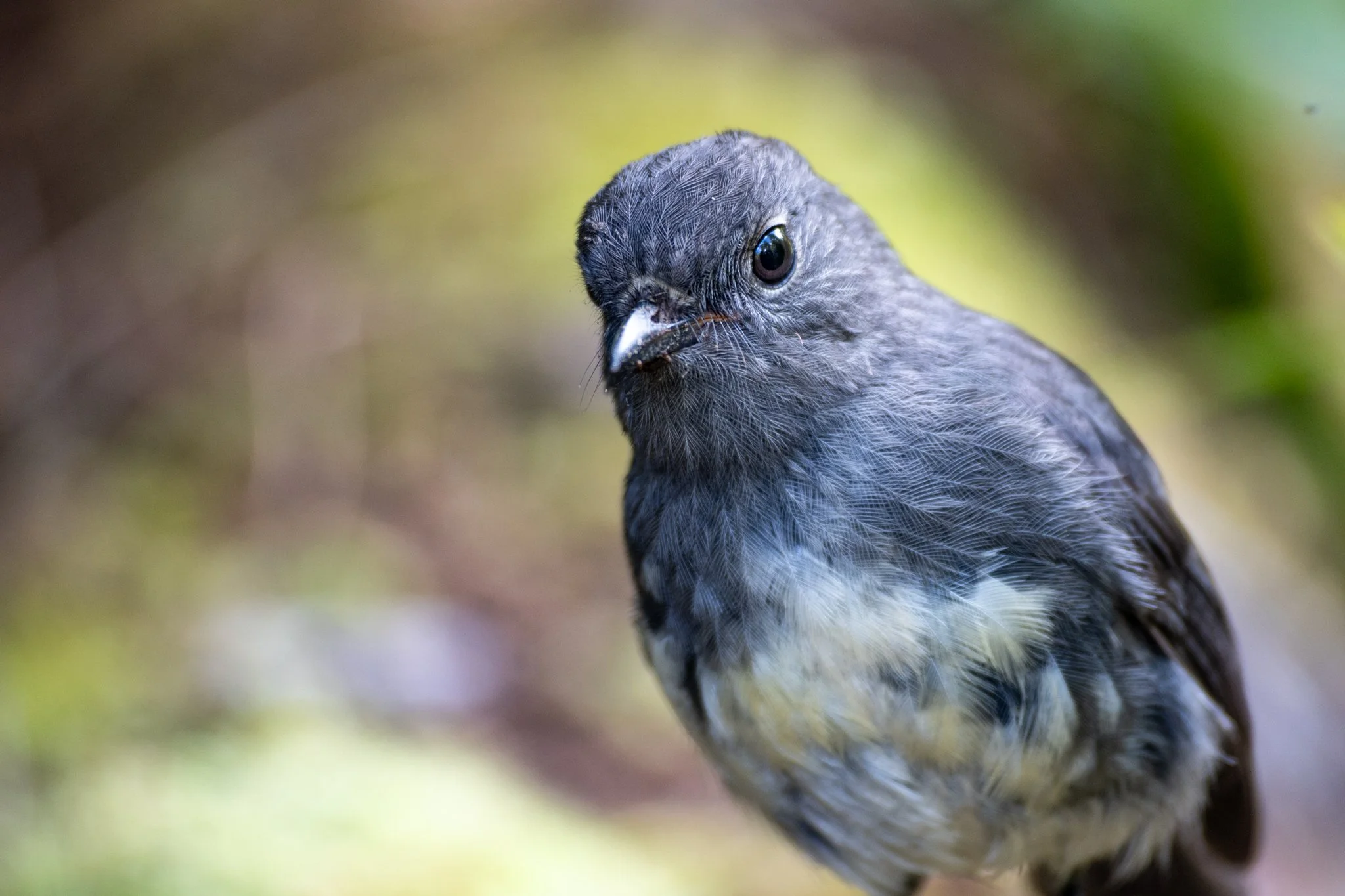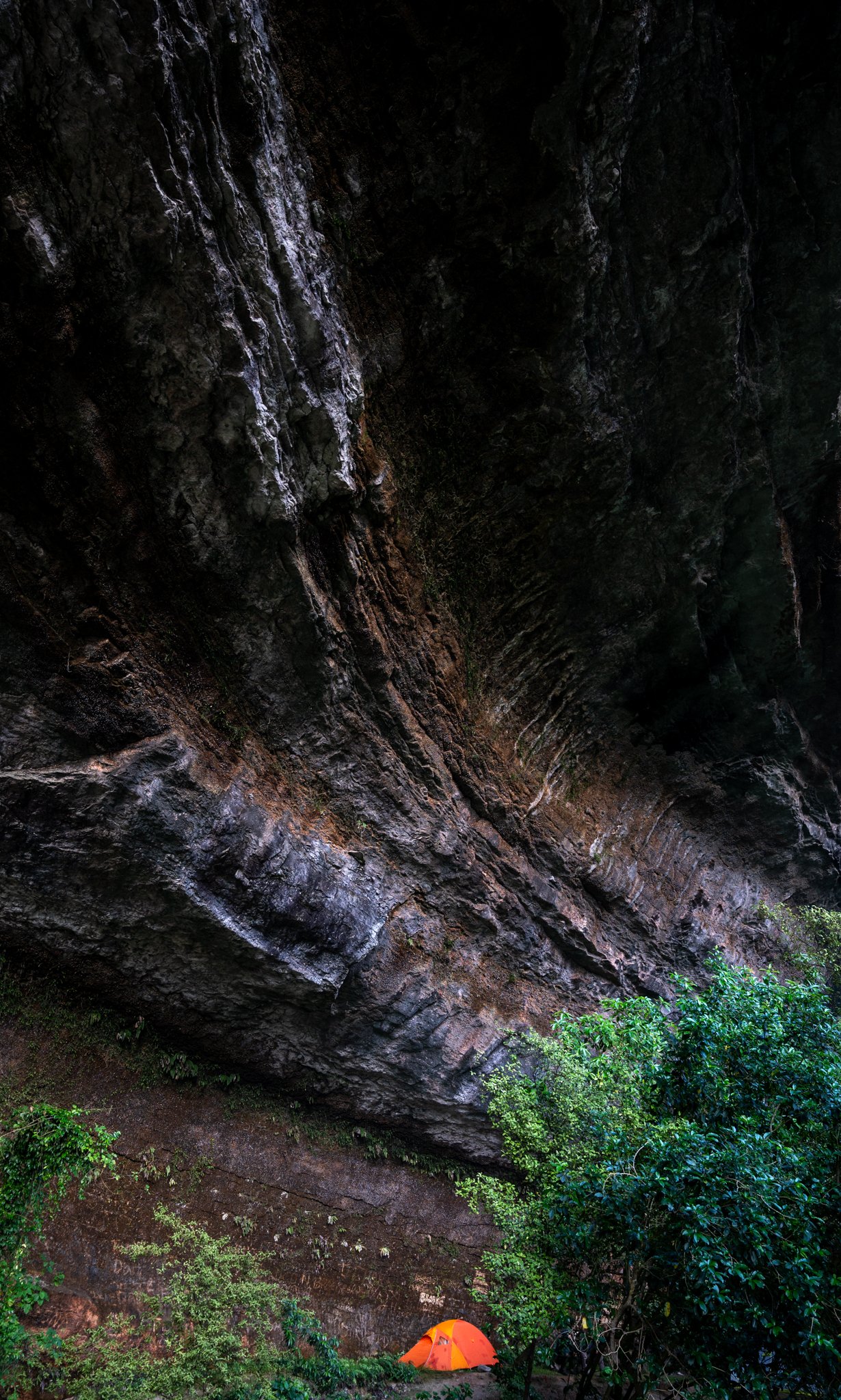Paparoa National Park
The scenic Pororari River Gorge - lush greenery and towering cliffs.
Paparoa National Park includes coastal landscapes, lush rainforests, and distinctive karst formations, formed by millennia of coastal erosion and weathering. The karst landscape extends beyond the coast, with intricate cave systems, underground rivers, and dramatic cliffs contributing to the park's unique geological character.
-
The park's ecosystems are diverse, ranging from dense lowland rainforests filled with towering podocarps, ferns, and nikau palms, to subalpine shrublands where resilient alpine plants like the Paparoa hebe flourish. This rich biodiversity supports a variety of native bird species, including the great spotted kiwi (roroa), the rare Westland petrel (tāiko), and the morepork (ruru), all thriving in the park's varied habitats. The Pororari and Fox Rivers meander through the landscape, creating deep gorges, and serene swimming holes, and providing vital freshwater ecosystems.
This national park wasn’t originally on our list as it was a bit off the track on the way to Arthur's Pass. I was glad that Kare insisted we visit it, as it offered a unique experience, blending landscapes reminiscent of both Thailand and New Zealand. With only two days, we hiked a modified Inland Pack Track, following the Fox River, camping under the Ballroom Overhang, and traversing several creeks, including Bullock Creek, before exiting through the scenic Pororari River Gorge.
A curious Southern Island robin that followed us for a portion of the track.
A big portion of the trail was following rivers and creeks.
Karst is a landscape formed from the dissolution of soluble rocks, such as limestone.
The Ballroom Overhang - a massive limestone rock shelter located along the Fox River.
The trail was nicely marked with typical orange triangles.






